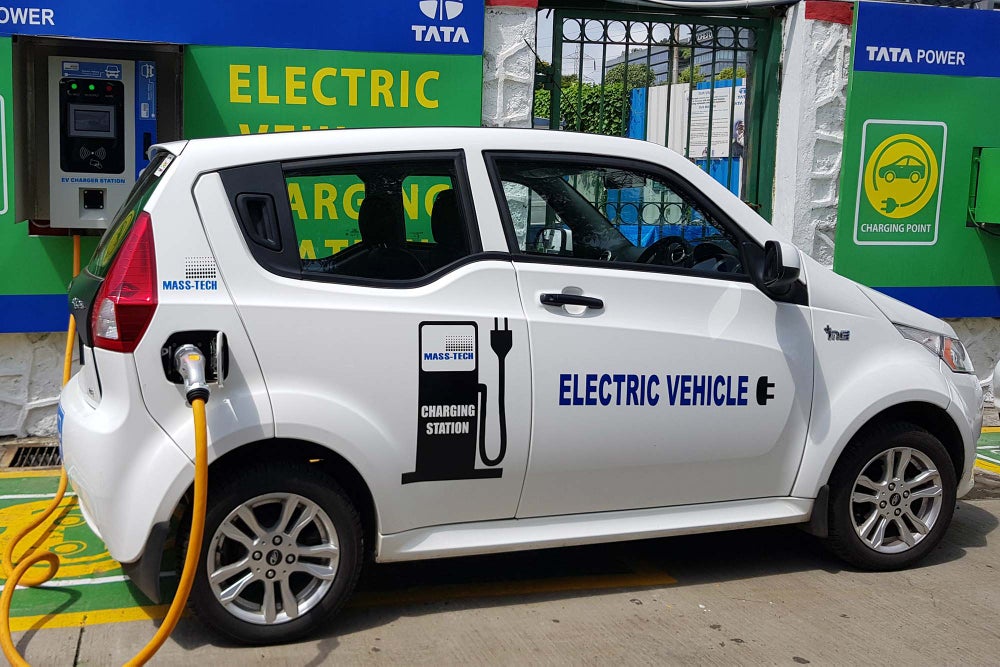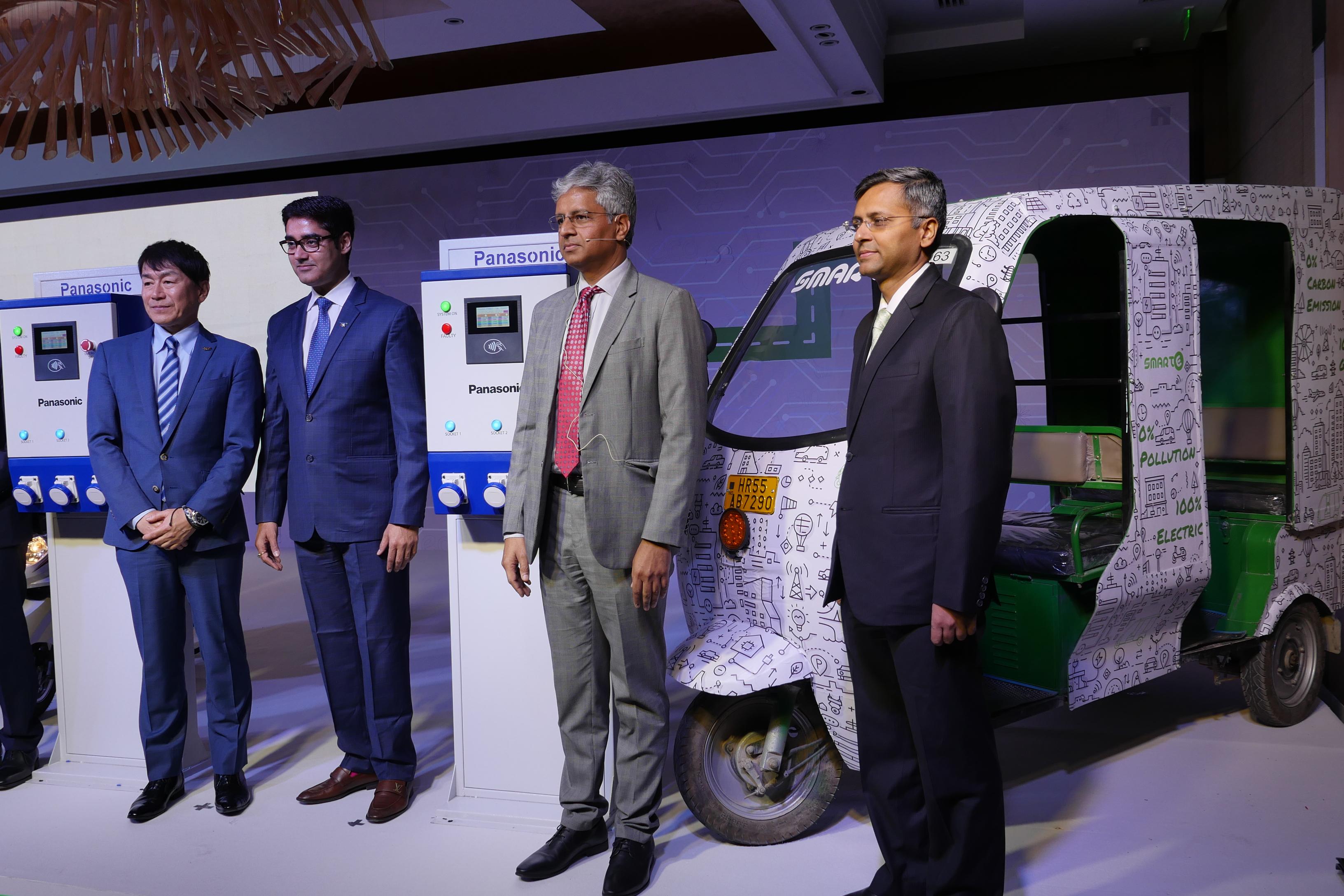How India Plans To Grow Its Electric Vehicle Adoption

Malaysian automotive policy makers should look at this and others in region for inspiration. India’s electric vehicles adoption should soon surpass Malaysia’s chit-chat about it EV adoption.
In the Indian electric vehicle (EV) ecosystem market, the EV market is anticipated to grow at a robust CAGR of 43.13% during the forecast period from 2019 to 2030. Additionally, installation of charging infrastructure is projected to grow at a CAGR of 42.38%.
With the entry of local battery manufacturers such as TATA Chemicals and BHEL alongside the import of batteries from global players, the electric vehicle battery market is expected to grow at a whooping CAGR of 60.15% during the forecast period.

The Indian electric vehicle ecosystem market is currently in its infancy just like Malaysia and Thailand but the push to move into EV adoption quickly is a priority to reduce unhealthy air quality in the 3 major cities.
The Indian government’s push to ensure EV adoption through subsidies and tax benefits has further propelled the market growth. Despite the Indian automotive industry experiencing a sharp decline in FY2019, the electric vehicle market is expected to continue to grow in the coming years. With the BS6 norms becoming applicable from April 2020, the electric vehicles will become more price competitive against petrol and diesel vehicles, thus accelerating the electric vehicle sales in the country.
 The government target for 30% adoption of electric vehicles by 2030 will be majorly driven by the electrification of two-wheeler, three-wheeler, and commercial vehicles which is the move that the Malaysian government should try and follow (minus three wheelers).
The government target for 30% adoption of electric vehicles by 2030 will be majorly driven by the electrification of two-wheeler, three-wheeler, and commercial vehicles which is the move that the Malaysian government should try and follow (minus three wheelers).
There will definitely be a slower rate of adoption of electric vehicles in passenger vehicle segment just like with Malaysia and Thailand.
India wants to learn from China and is trying to adopt China’s quick evolving EV strategy.
China is now racing with Western countries to be an EV leader. In China there are direct and indirect tax subsidies and for large cities there are permit limits on how many petrol or diesel cars could receive permits/licenses to be used in the city.

In China, EV manufacturers get subsidies from the government and the charging infrastructure gets a boost from the government.
With a market value for electric vehicles easily exceeding USD150 billion by 2030. Those active in the EV sectors could well surpass most leading car makers in size and profit in the next 8-10 years.




